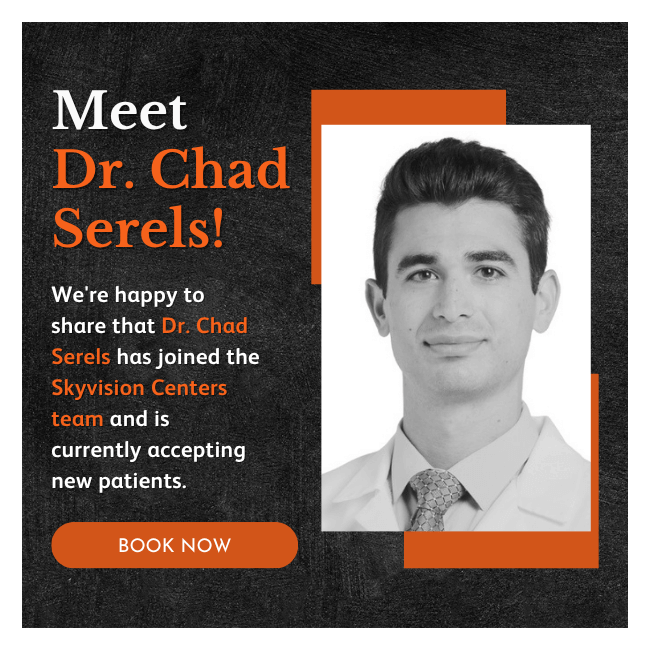A black eye forms when blood and fluids collect in the space around the eye causing swelling and discoloration. Typically, a black eye is considered a minor injury. What causes black eyes? A black eye is caused by bruising surrounding the eye, not inside the eye. This bruising is caused by broken blood vessels under […]
Using Oils to Relieve Dry Eye
Many medical professionals are aware of the benefits of adding healthy oils to our diets. Most of the fats that are essential for a healthy heart, skin, brain, and other systems come from things like fish, nuts, seeds, and vegetables. Doctors will sometimes prescribe fish oil or flaxseed oil to help improve someone’s health, but […]
Protecting Your Eyes with Safety Eyewear
Each year, more than 700,000 Americans injure their eyes at work and 125,000 Americans injure their eyes at home. However, almost 90% of these eye injuries could have been prevented with the use of safety eyewear.* Safety Glasses Vs Regular Glasses In comparison to regular glasses, safety glasses are designed and tested to meet safety […]
Reasons Not to Compromise on Price
Have you ever been tempted to buy cheap glasses you see online or the reading glasses you found at a discount store? They look just as good as the prescription eyeglasses you paid full price for, right? The hard truth is they are not the same as the high-quality prescription eyewear provided by our office. […]
Combating Dry Eye Syndrome
Do you experience itchy, burning, or dry eyes? You may be suffering from dry eye syndrome. Tears are necessary for overall eye health and clear vision, when there is insufficient moisture on the surface of the eye it can cause discomfort. Let’s looks at some common causes of dry eye syndrome, symptoms, and risk factors. […]



